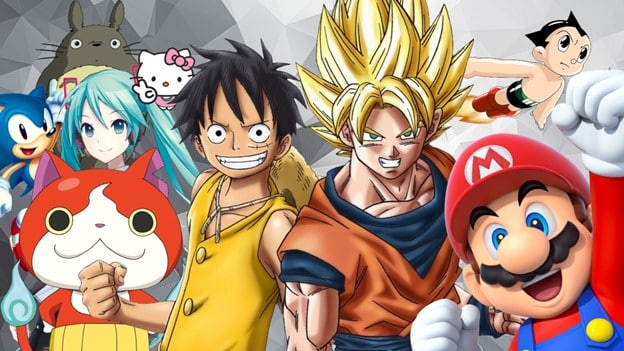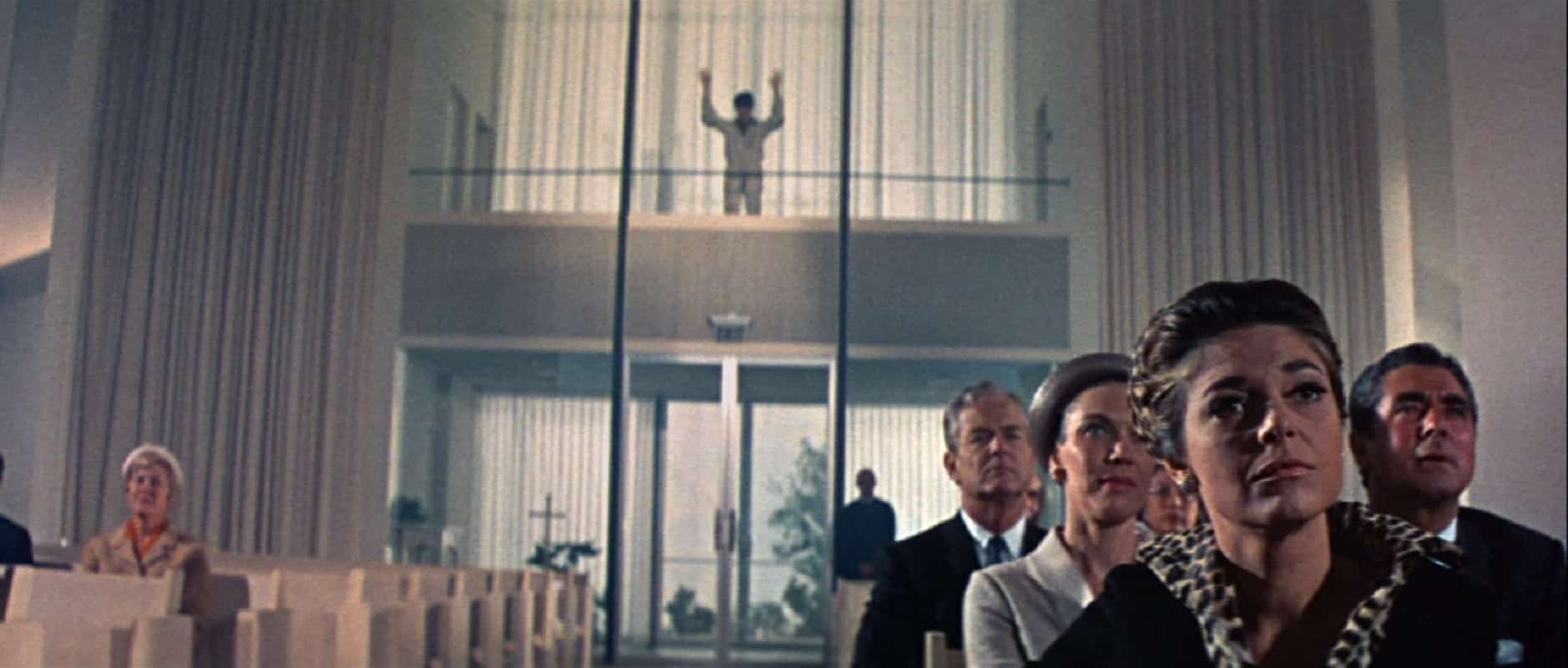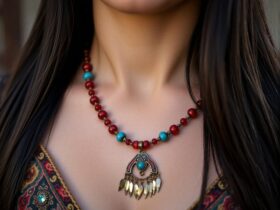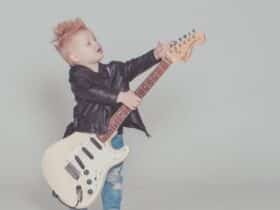In the realm of Japanese pop culture, the captivating world of manga and anime has enthralled audiences worldwide. These unique art forms have given rise to a myriad of diverse and intriguing characters that have become iconic symbols of the genre. In this article, we delve into the profound impact manga anime characters have had on popular culture, exploring their evolution and influence on fans across the globe.
The Origins of Manga Anime Characters
Manga, the Japanese word for “comic,” traces its roots back to the 12th century when hand-scrolls featuring humorous drawings were created. Over the centuries, the art form evolved, with a significant turning point occurring during the Edo period when woodblock printing made the creation of illustrated books more accessible to the masses. Fast forward to the 20th century, and manga as we know it began to take shape with Osamu Tezuka, often hailed as the “God of Manga,” revolutionizing the industry with his works, such as “Astro Boy” and “Black Jack.”
The advent of anime followed closely, and the animated adaptations of popular manga breathed new life into beloved characters, captivating audiences both young and old. Iconic series like “Dragon Ball,” “Naruto,” and “One Piece” have played an instrumental role in shaping the modern perception of manga anime characters.
One of the most intriguing aspects of manga anime characters lies in their impeccable design. Manga artists and animators invest immense time and effort in crafting characters that resonate with the audience. Each character is meticulously designed, with unique physical traits and personalities that help them stand out in the vast tapestry of stories.
From the spiky-haired, determined protagonist to the enigmatic, silver-haired antagonist, every character plays a crucial role in advancing the narrative. The attention to detail in character design ensures that fans can easily recognize their favorite characters and connect with them on a personal level.

The Multifaceted Personalities
What sets manga anime characters apart is their multifaceted personalities. They often exhibit a range of emotions, from joy and humor to sorrow and pain, making them incredibly relatable. Fans find solace in these characters’ journeys, as they often mirror their struggles and aspirations. This emotional connection fosters a deep bond between fans and their beloved characters, transcending cultural and geographical boundaries.
Moreover, the moral ambiguity of certain characters adds depth to the stories. Antagonists with complex motivations challenge the traditional notions of good and evil, allowing for a more nuanced exploration of human nature.
Cosplay Culture and the “Manga PFP”
The influence of manga anime characters extends beyond the realm of entertainment into various subcultures, notably cosplay. Cosplayers, enthusiasts who dress up as their favorite characters, have become a significant part of anime conventions and events worldwide. The diversity of characters in manga allows fans to express their creativity and pay homage to the art form they love.
Additionally, in the digital age, the concept of “Manga Profile Picture” has become popular among internet users. Adopting a manga anime character as a profile picture on social media has become a subtle way for fans to connect with like-minded individuals and display their passion for manga and anime.
Influence on Pop Culture

The influence of manga anime characters is not confined to Japan; it has had a profound impact on global pop culture. Various Western media, such as movies, TV shows, and video games, have drawn inspiration from manga and anime. The art style, storytelling techniques, and character archetypes have seeped into mainstream entertainment, enriching the cultural landscape with fresh perspectives.
Conclusion
In conclusion, manga anime characters have left an indelible mark on popular culture, captivating audiences worldwide with their unique designs, multifaceted personalities, and emotionally charged narratives. From the early days of Osamu Tezuka’s pioneering works to the modern masterpieces of today, the evolution of manga anime characters has mirrored the changing tastes and sensibilities of audiences across generations.
The enduring appeal of these characters lies in their ability to transcend cultural barriers and unite fans under a shared passion for Japanese pop culture. Whether it’s through cosplaying at conventions or adopting a “Manga PFP” online, fans proudly display their affection for the genre.
To read more fascinating articles on manga and anime, head over to geekybytes.net, where you’ll find a treasure trove of insights and information about this captivating world.













Leave a Reply